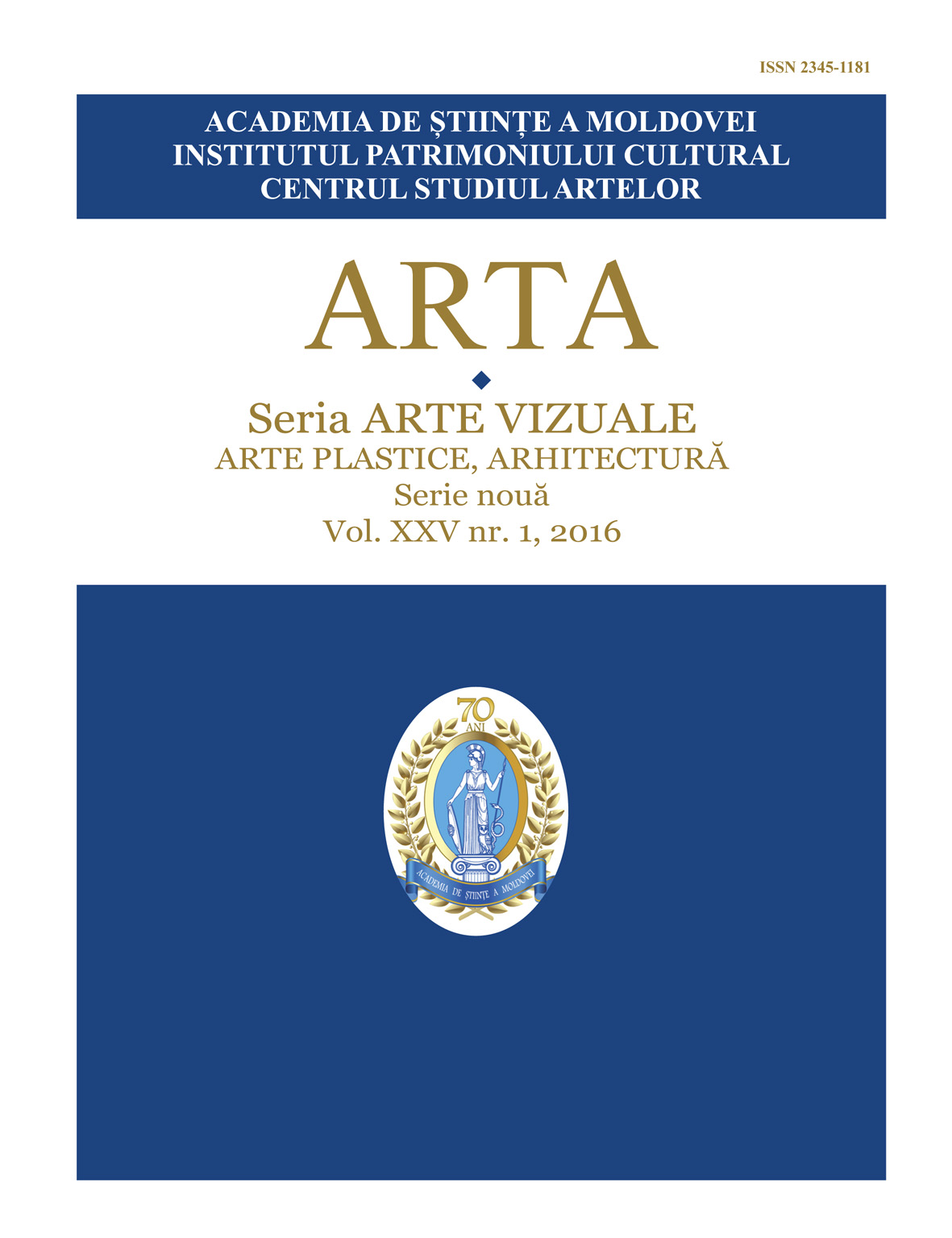Британские истоки архитектурных форм дворца Бржозовского в Одессе
British sources of architectural forms of Brzhozovsky’s Palace in Odessa
Author(s): Yury PismakSubject(s): Architecture
Published by: Institutul Patrimoniului Cultural al Academiei de Științe a Moldovei
Keywords: British architect; Brzhozovsky’s Palace; projects; architecture; Tudor arch; Castel style; Gothic; British influence; Odessa; monument; architectural ensemble
Summary/Abstract: An outstanding British architect Edward Blore (1787–1879) is the main author of project of Vorontsov’s Palace in Alupka (the Crimea, 1830–1848). In the opining of many researchers the Vorontsov’s Palace in Alupka is the best of Edward Blore’s works. Seemingly under impression of Vorontsov’s Alupka Palace, Brzhozovsky’s Palace (Shakh’s Palace. 1851–1852) was built to the project of a renowned Odessa architect Felix Gonsiorovski (1815–1891) in 2 Nadezhdinskaya (Gogol) street in Odessa. Apart from Tudor elements and Castel style, these two Palaces are related yet by the fact that they both are situated on the Black Sea coast. Facades of Brzhozovsky’s Palace remind the same of a distinguished monument of architecture, historically connected with the names of British monarchs – the Hampton Court Palace. Hampton Court Palace was recognized as the acme of the English palace architecture. Splendid ensemble sprawling on the bank of the Thames River near London was initiated in 1514. The great vogue for all Gothic sprang up in St. Petersburg under the spell of Walter Scott’s (1771–1832) historic novels. The article tells also about prototypes of Tudor arch – an element which characterizes English architecture of 16th century. This form of the arch was spread to many countries from United Kingdom. However, long before England, this form of arch was used by architects of Iran and other countries of Central Asia. Formation of Odessa’s and all Southern Region of the Ukraine architectural appearance in the 19th century was influenced by different architectural European schools. Especially in this article is noted British influence. Consequently it seems proper to consider this process in the retrospect of the European development as a whole.
Journal: Revista ARTA
- Issue Year: XXV/2016
- Issue No: 1
- Page Range: 85-88
- Page Count: 4
- Language: Russian

